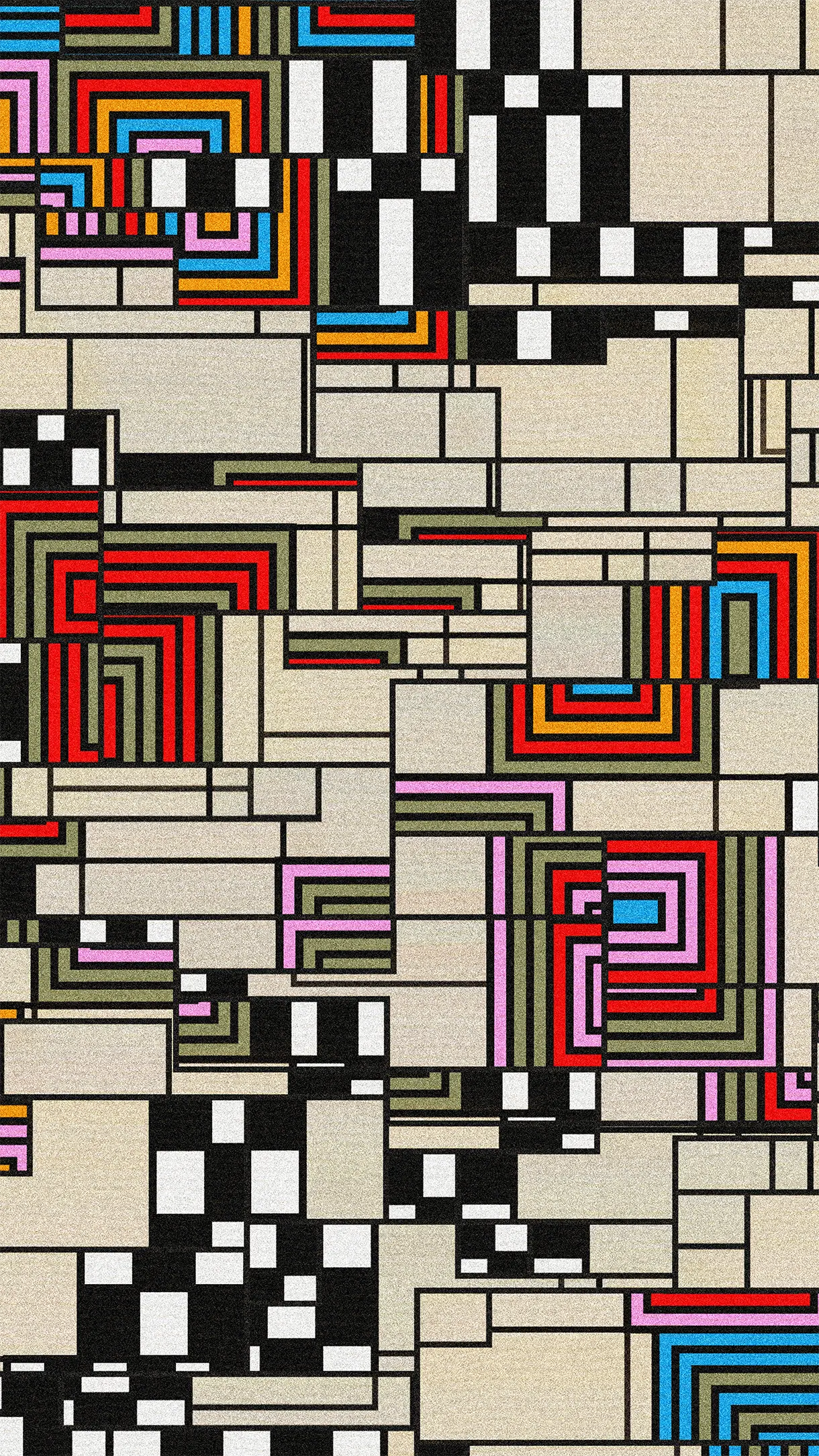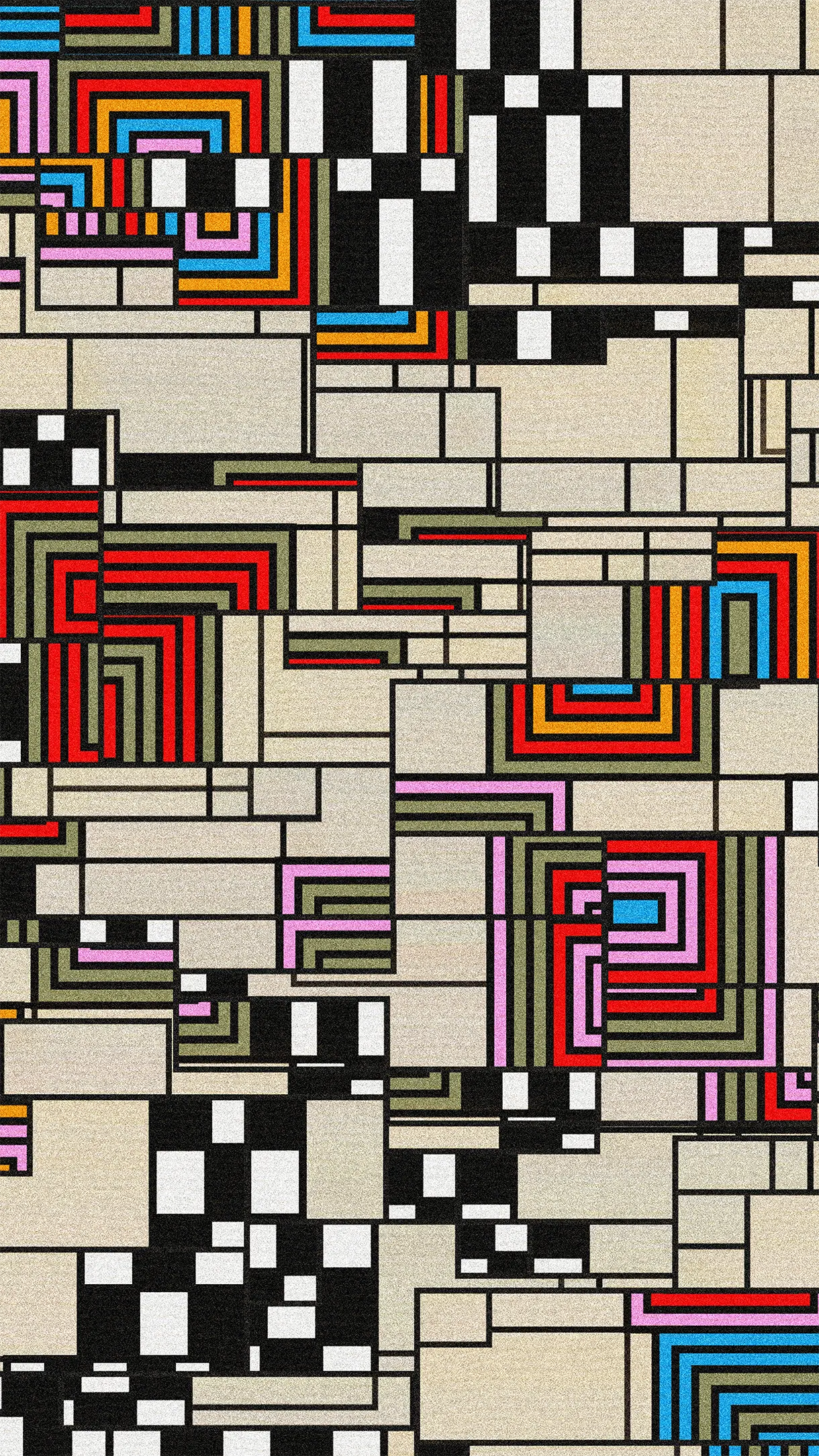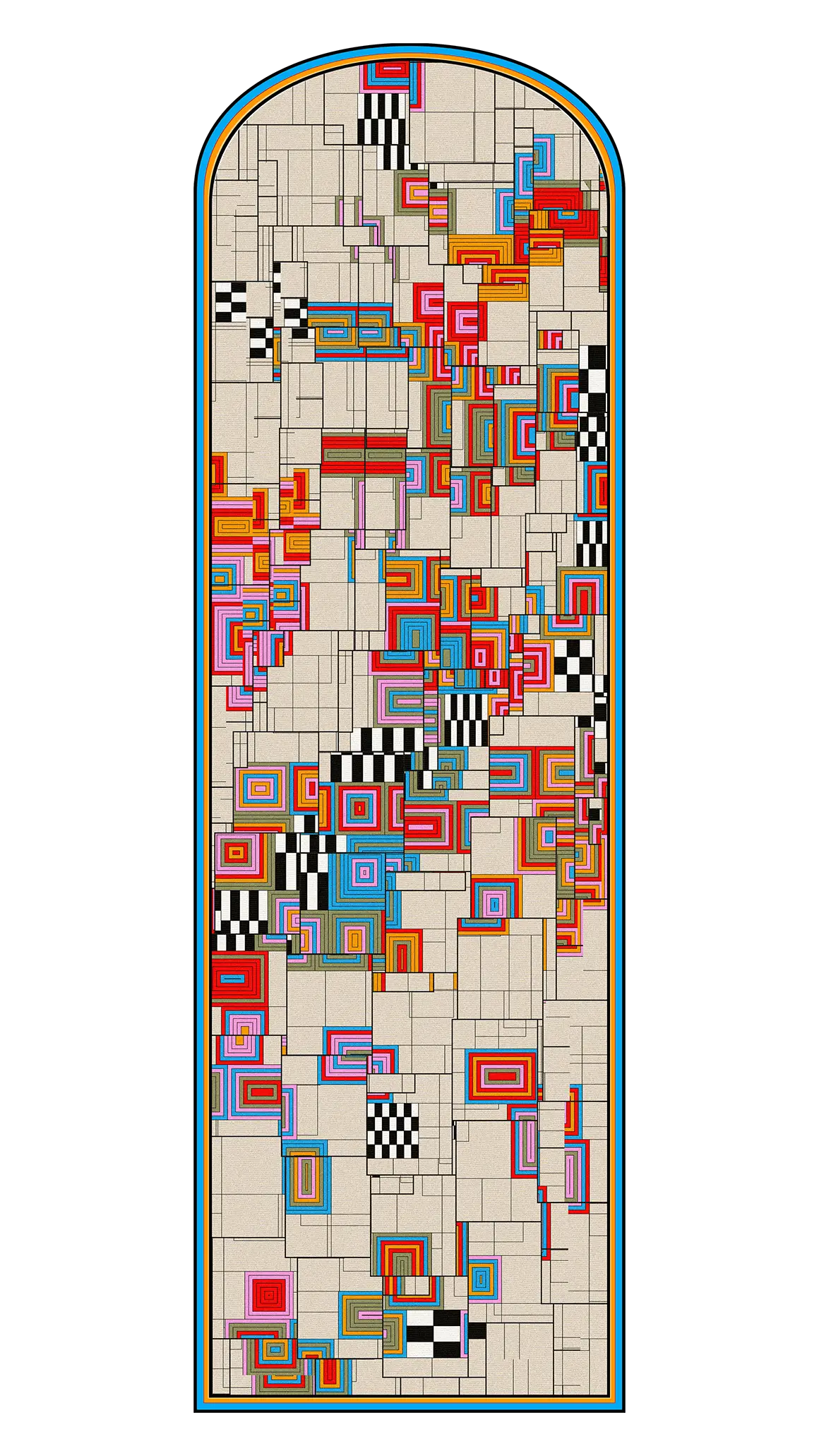
Harto I Finestra
Harto is an artist and designer born in Spain in 1993. His work is a blend of generative algorithms, nature mathematics and digital innovation.
With an academic background in industrial design and prototyping, Harto transitioned from theatre scenography to the digital art world during the 2020 global pandemic. He has gained recognition for his digital creations and NFTs, which have been exhibited globally and even launched into space.
Previous Work
Harto's previous work includes a diverse range of projects. He has participated in designing projects for international clients, performed in over 100 live shows and light-art festivals worldwide.
His digital artworks have been exhibited in New York, Miami, Hong Kong, and at numerous prestigious NFT events. Notably, Harto has collaborated with more than 50 international artists and was involved in launching the first NFTs into space as part of the Rakia mission.
His first works on ordinals were in the first week of the protocol with the SATS collection, one of the first generative art collections on ordinals. Ranging from 8815 to 49891 and totalling 99 pieces.
After SATS, his most notable works are The Golden Ratio and Floraforms, the first collaboration between a traditional museum (Belvedere) and a generative artist on ordinals.
How do you describe yourself?
I see myself as an artist who thrives on innovation and the challenge of pushing boundaries. My work is a fusion of the physical and digital realms, a reflection of my deep connection with the natural world and a testament to my enthusiasm for exploring new digital frontiers.
My journey from traditional art and theatre to the world of digital art, particularly in the realm of NFTs, illustrates my adaptability and forward-thinking perspective. This transition not only marks a pivotal shift in my artistic expression but also aligns with the evolving landscape of contemporary art.



